Seven Welsh locations in Lonely Planet top 500 list
- Published
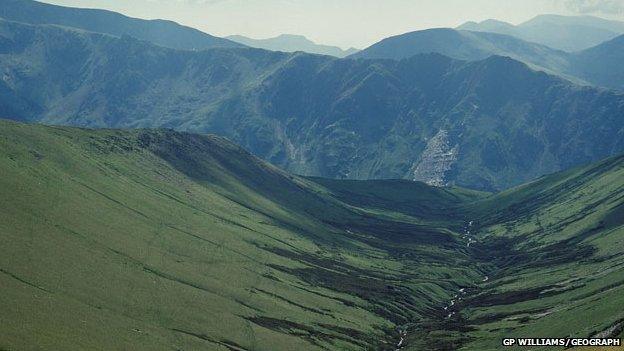
Snowdonia is Wales' highest-placed entry on the list
Seven Welsh locations have been named in a list of the 500 all-time best places to visit in the world.
Snowdonia National Park tops the entries from Wales in Lonely Planet's Ultimate Travelist, external, ranked 181st.
Tintern Abbey was the top venue in south Wales, St Davids Cathedral (west) and Brecon Beacons National Park (mid).
The other three making the list are Clough Williams-Ellis's Portmeirion Village, Caernarfon Castle and St Fagans National History Museum.
At 15th, London's British Museum was the highest placed British attraction, with The Temples of Angkor in Cambodia voted the world's must-see location.
Deputy Tourism Minister Ken Skates, said: "This recognition from a well known and respected travel expert such as the Lonely Planet is excellent news for Wales."

Snowdonia (181st)
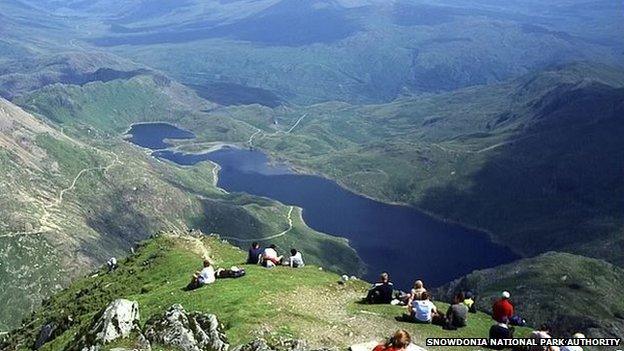
The Ultimate Travelist describes Snowdonia as being "full of beauty and myth", with particular praise for the hikes to be had on craggy Tryfan and Cadair Idris, as well as its zip wire and newly-opened inland surfing lagoon.
Emyr Williams, chief executive of Snowdonia National Park Authority, said: "We are very fortunate to have spectacular and diverse scenery, wealth of wildlife and a strong cultural heritage and identity which has been carefully managed over the centuries and continues to be managed by conscientious and caring landowners."

Portmeirion (207th)
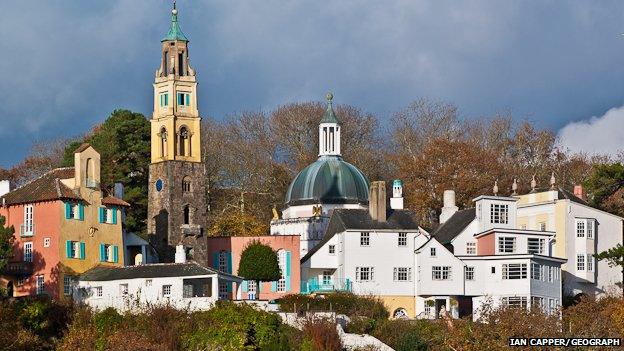
Home of 1960s cult TV show The Prisoner, the guide highlights Portmeirion's colourful Italianate buildings and florid tableware, describing them as "all rather captivating and slightly odd - it could only be in Britain".

St Davids Cathedral (294th)
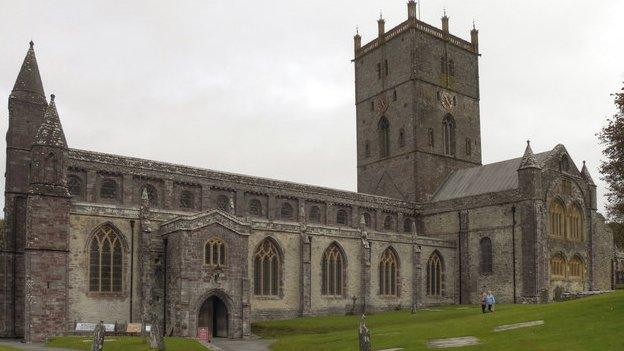
Lonely Planet waxes lyrical about the cathedral's "stunning location on the bucolic banks of the River Alun, on the wild Pembrokeshire coast where Wales looks across the Celtic Sea to Ireland" drawing attention to the dusky purple hue of its sandstone.

Caernarfon Castle (315th)
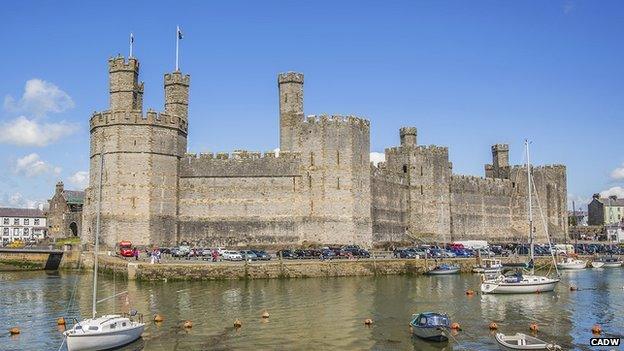
Erected between 1283 and 1330, as well as outlining the castle's role in the Norman conquest of Wales, the guide points out the "fairy-tale aspect" of its "colour-banded masonry and polygonal towers".

Brecon Beacons National Park (365th)

As well as the natural beauty, the guide compliments the sheer range of scenes on offer in the Beacons, shaped by 8,000 years of human occupation.
Mel Doel, chairwoman of the Brecon Beacons National Park Authority said: "There is always a warm welcome here so we hope people won't wait to visit us."

Tintern Abbey (373rd)
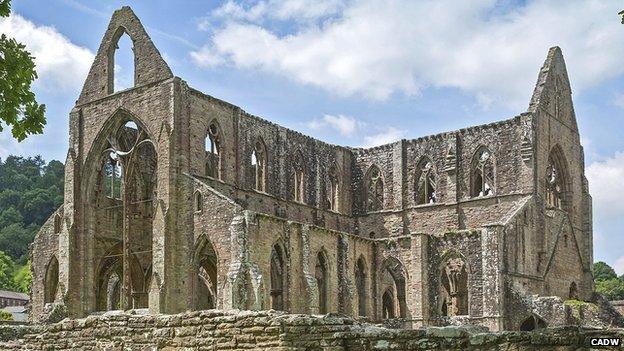
Describing the abbey as "cloaked in romance" and "nibbled by lichen and ruined to just the right degree", the guide goes on to mention how Tintern inspired the paintings of Turner and poetry of Wordsworth.

St Fagans National History Museum (431st)
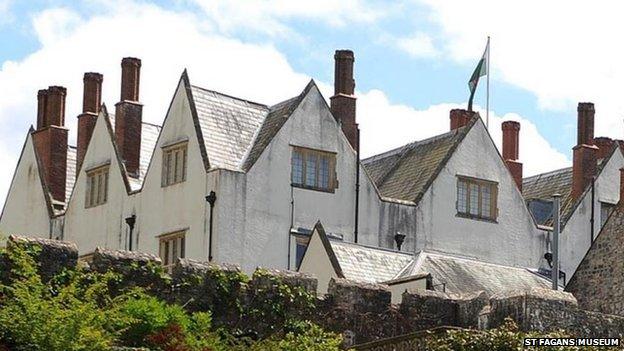
St Fagans is "no boring history class" according to Lonely Planet. It marvels at the "still-smoky-scented 16th Century farmhouses" and the "time-travel through miners' cottages".
Bethan Lewis, Head of St Fagans National History Museum added: "Travellers to Wales often have a list of places they simply have to see and we're so proud to be on that line-up."